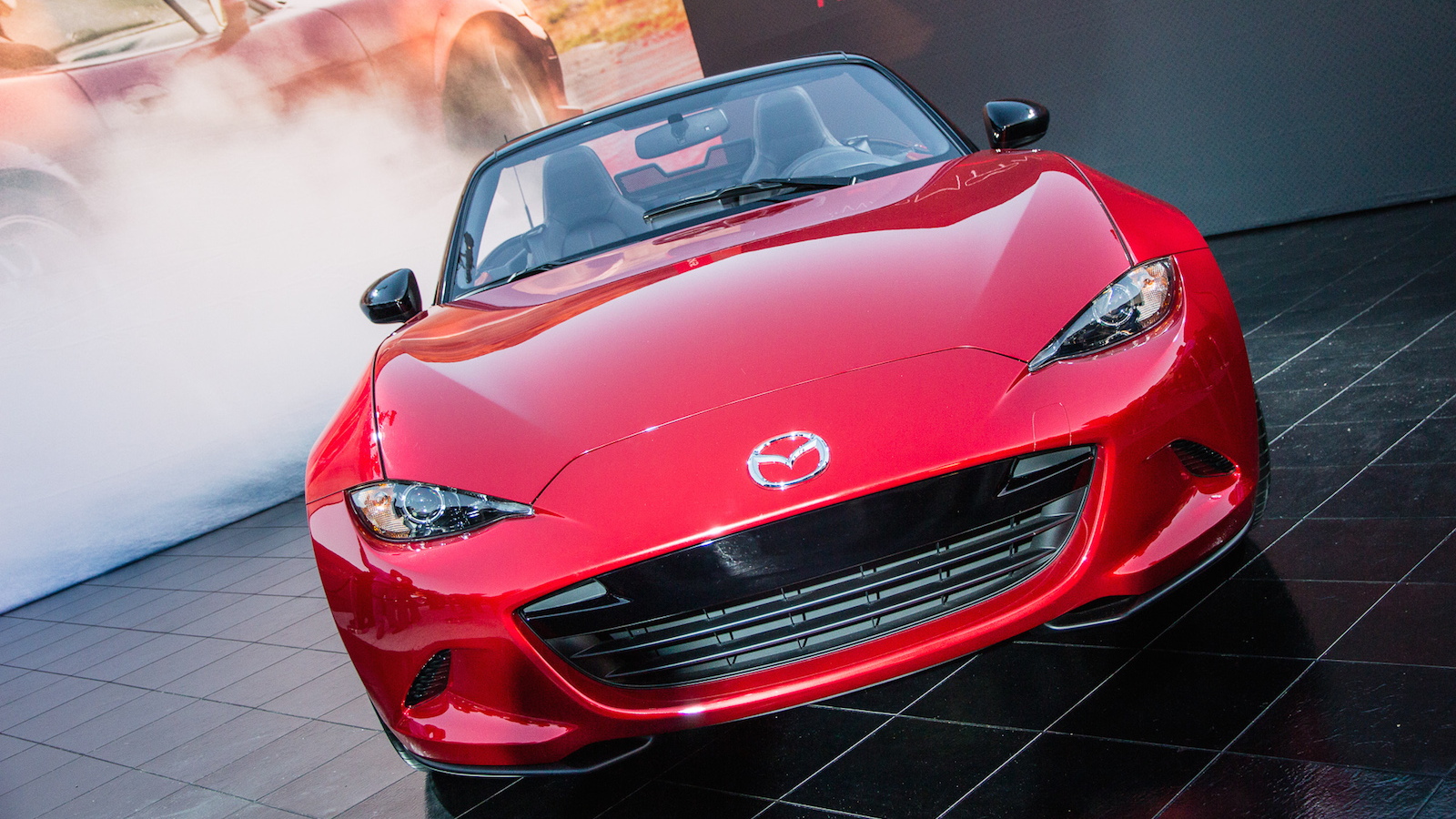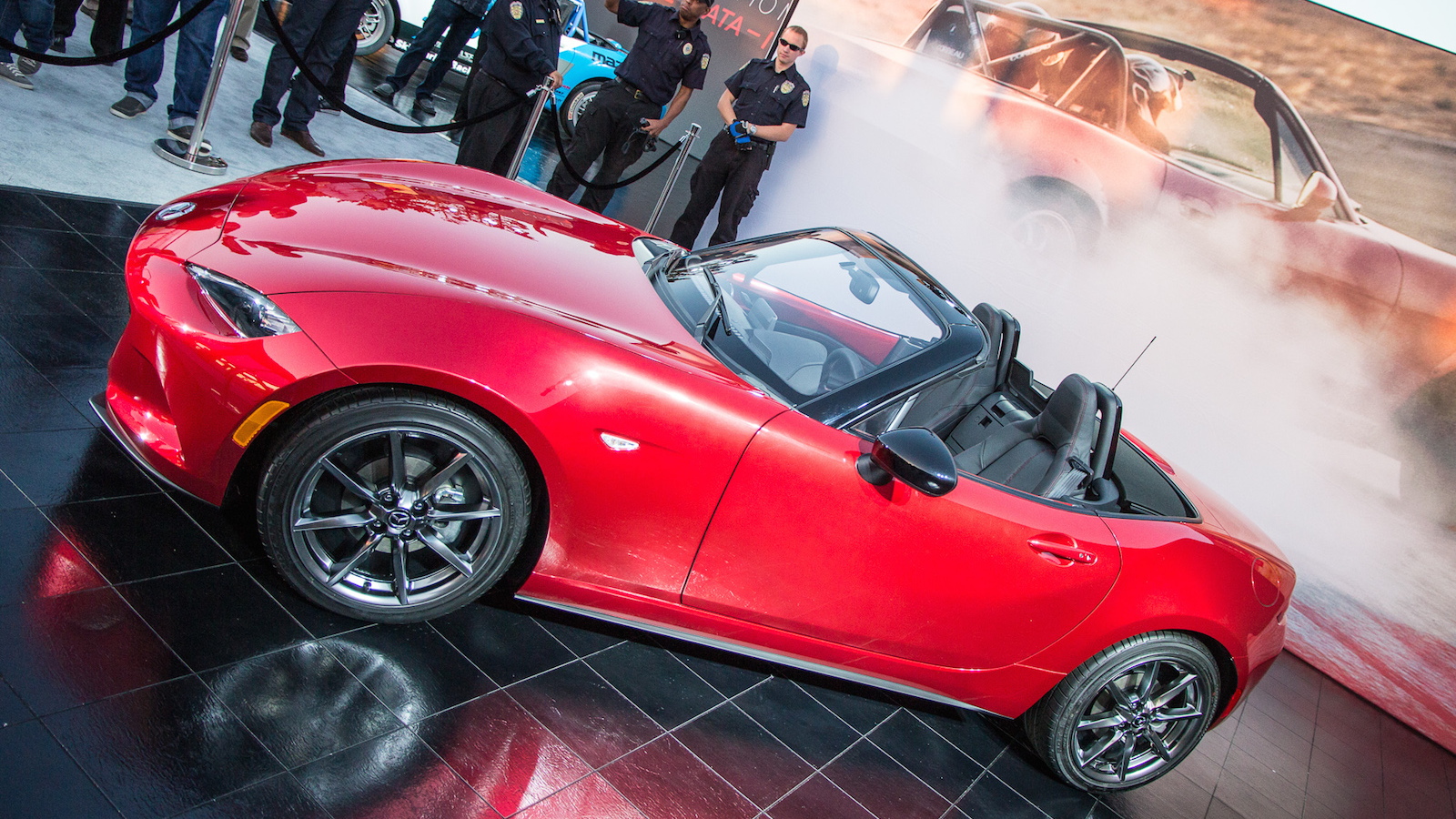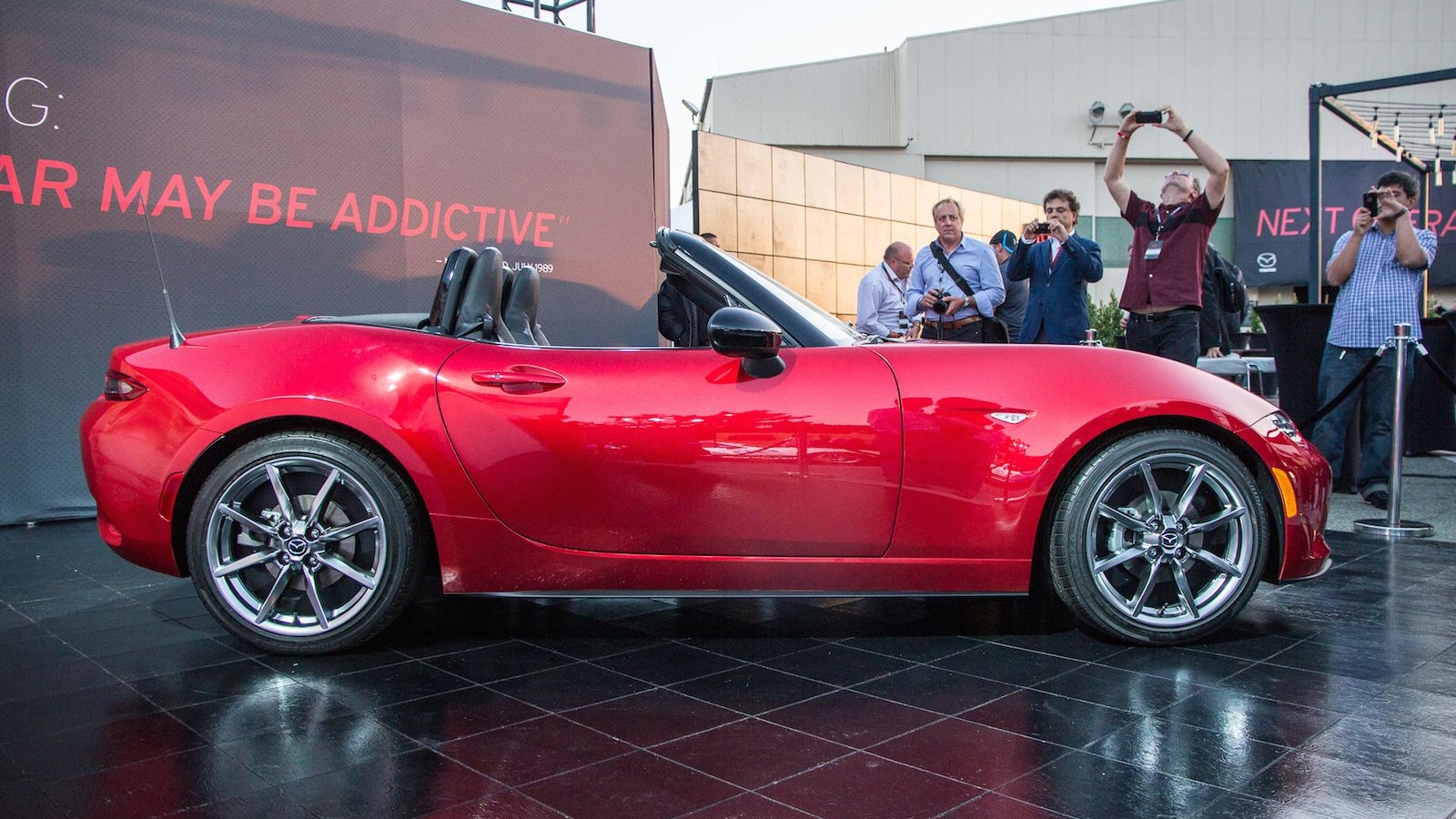More than 940,000 MX-5s have been made since 1989, and the new 2016 MX-5 has just made its debut.
Despite those impressive sales numbers though, the MX-5 is actually the perfect example of why two seat cars--a popular category for ultra-high mileage green vehicles--don't really sell in volume.
There's a lot to like about the new Miata.
It looks great, taking the badge in a whole new direction and away from the cutesy retro look of recent generations.
DON'T MISS: 2016 Mazda MX-5 Miata Unveiled: Live Photos & Video
It promises to weigh very little, likely starting at little more than 2,200 lbs--a desirable quality whether you want to have fun with a car or simply need to get from place to place using as little energy as possible.
The 2016 Miata is set to use Mazda's new SkyActiv engine technology, sure to give it an admirable mix of performance and economy. Precise engine details haven't yet been revealed, but 1.5 and 2.0-liter units are expected.

2016 Mazda MX-5 Miata live photos
And as you'll notice, it only has two seats--perhaps the perfect configuration for a sports car. Two seats enables a smaller footprint and lower weight--as well as that intimate feel sports car buyers crave.
Yet despite its near-million sales over the last 25 years, two-seaters really don't sell in huge numbers. One million--which Mazda hasn't hit yet--divided by 25 is just 40,000 units per year.
The Nissan Leaf is the world's best selling electric car. It's a "disruptive" vehicle, bringing something entirely new to the segment. For its segment, it's also quite expensive, and a range of around 80 miles means it's very much a niche vehicle right now.
It's only been on sale since December 2010, yet has already moved 130,000 units worldwide. As you'll note, that's also just under 40,000 units per year, for a car far less established than the world's best-selling roadster.
But maybe that's just because the Mazda is a convertible? Or it's not economical enough? Or maybe it isn't powerful enough?
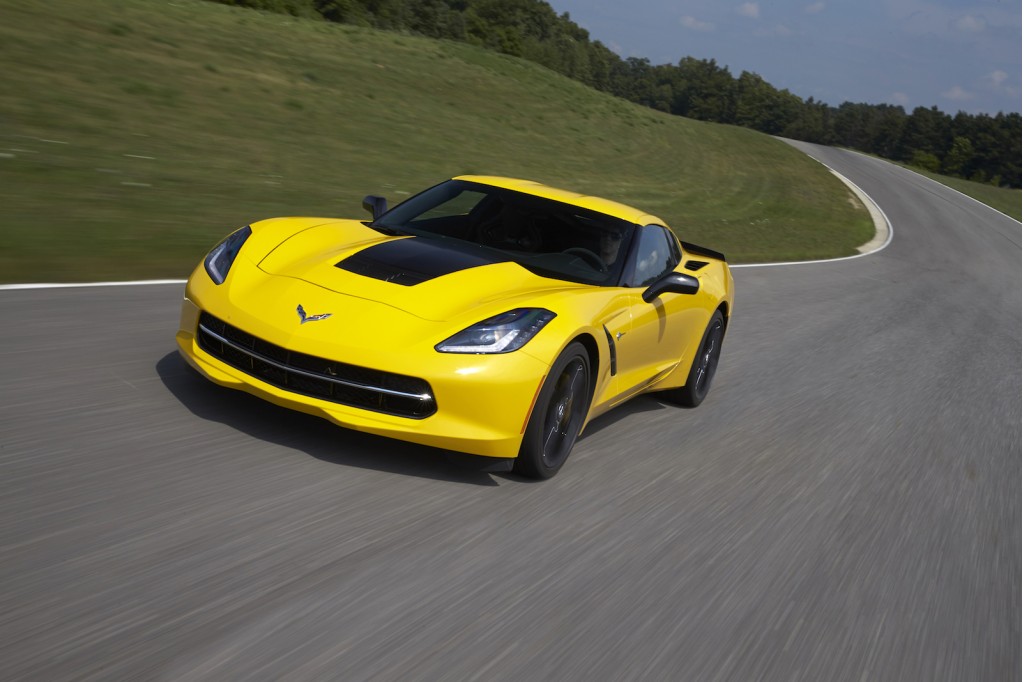
2015 Chevrolet Corvette Stingray
Well if you're talking power, then the Chevy Corvette is the perfect example. Since 1954, Chevy has sold over 1.5 million Corvettes. Not bad for a two-seater, right? Not at all, but it's still an average of only 25,000 units per year.
Economy? Not that, either. The original Honda Insight sold just over 17,000 units in over six years on sale. That's far less than even Honda's modest predictions of 6,500 units per year. Smart's Fortwo minicar has never sold in huge numbers either--despite success in Europe, the global tally since the late 90s is pretty low.
A regular, affordable, reasonably-performing, fairly frugal four or five-seater car like the Ford Focus? In 2013 alone, Ford sold over one million worldwide--more than Mazda has ever sold MX-5s and two thirds as many cars as Chevy has managed to sell Corvettes in well over half a century.
Roadster sales are growing--Bloomberg reports IHS figures that around 77,000 roadsters a year could hit U.S. roads by 2020, from under 36,000 last year. Smart has a new Fortwo on the way too, which could boost sales of two-seaters.
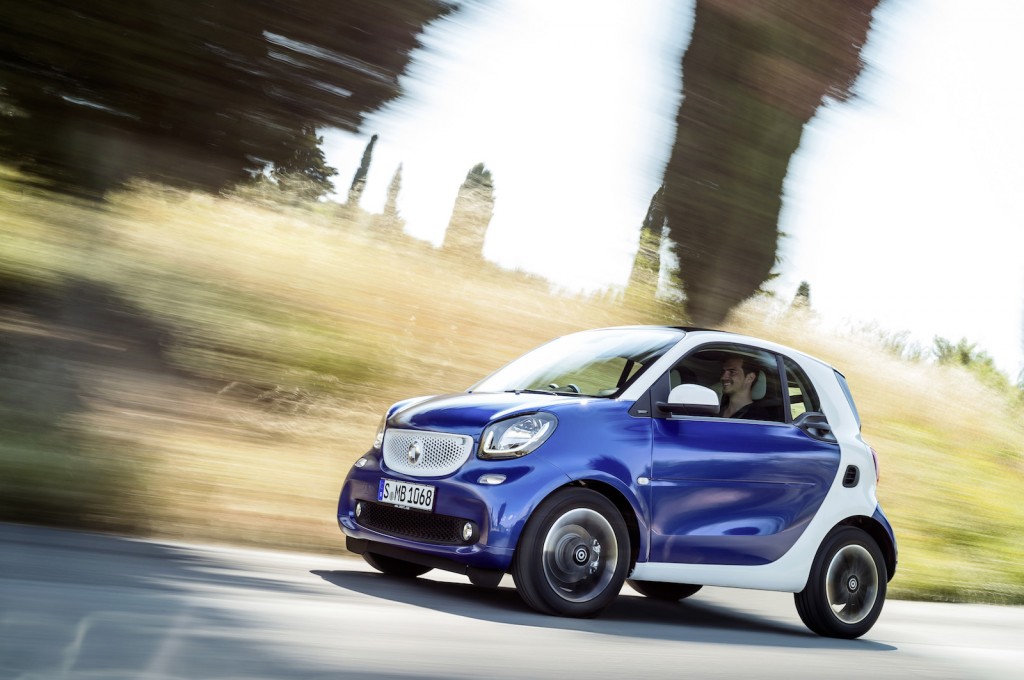
2016 Smart ForTwo
But those numbers are still tiny next to total vehicle sales. The bottom line is that two-seater cars, whether soft-topped or hard-topped, just don't sell in huge numbers.
The message behind all this? That two-seaters, normally the go-to for lightweight and fuel-efficient cars, just don't have much of a market.
While we'd welcome more automakers bringing sleek two-seaters to the market, boasting high fuel economy numbers, we'd be very wary of any claiming their vehicle will be a smashing sales success.
None have been so far, and we're not expecting that to change much in the future.
_________________________________________
